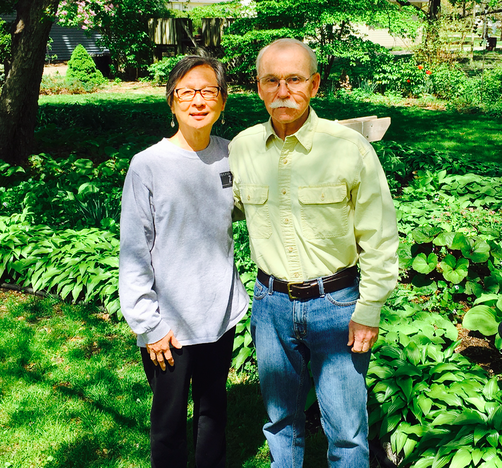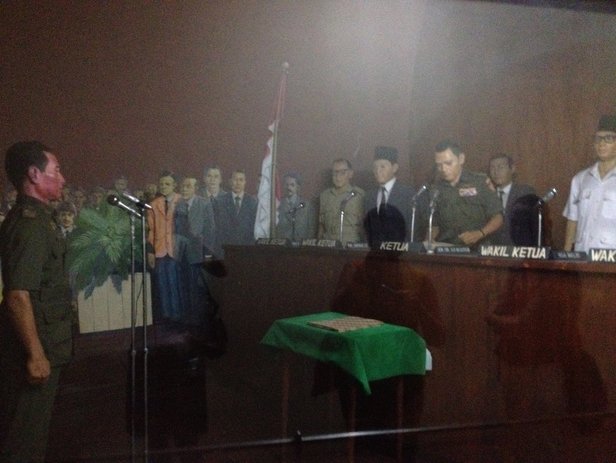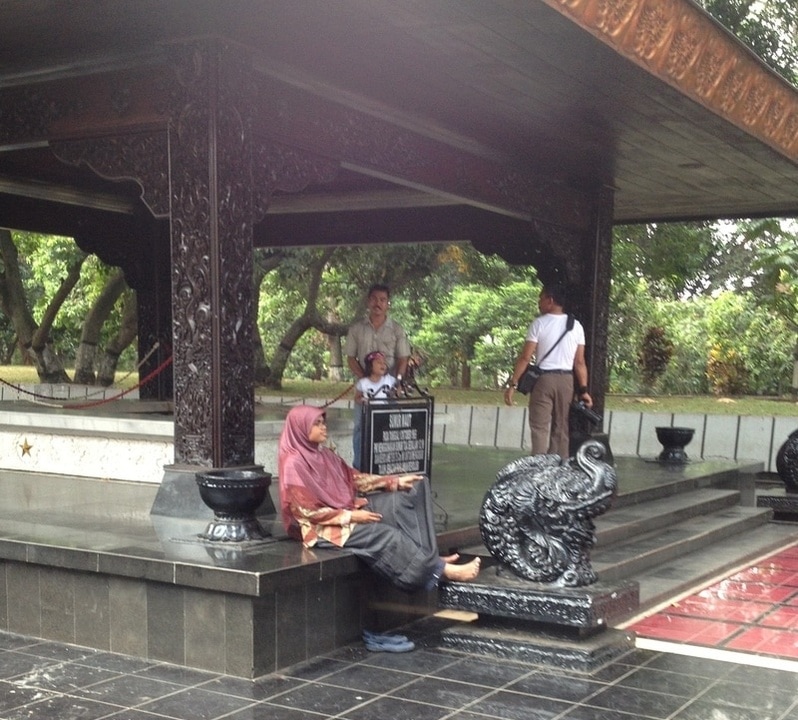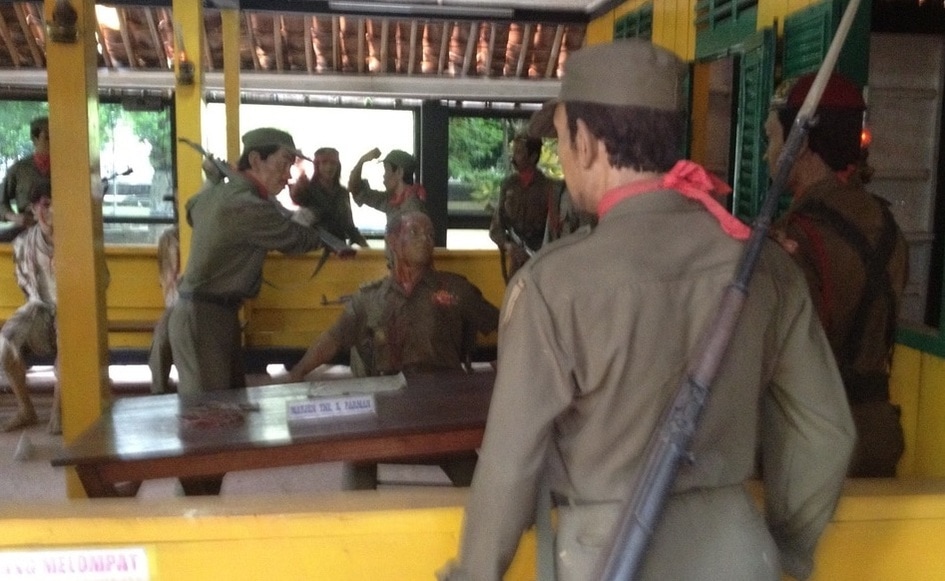Back in April, I popped into Grinnell College for a few weeks to teach a course on the role of market actors in mass atrocity and to give a campus-wide presentation on the French National Railways (SNCF) as a case study.
The school organized a lovely talk, filling the room with students, faculty and community members. (After you’ve been doing this for awhile, you appreciate all the good planning. Presenting to two people at 8:30am after traveling hundreds of miles is the pits). Grinnell does it right.
The Peace and Conflict program had me had me in a bright, cheerful room in the library. I offered my presentation, talking mostly about responses to the Holocaust in France and only briefly mentioning my research with genocide survivors in Indonesia.
At the end of the talk, Valerie Vetter, who used to run the Peace and Conflict Program came running up to me.
“We need to talk. I was so surprised you called it an Indonesian “genocide.” I had always heard it described as a “coup.”
I got a bit nervous at first. Not because I doubted my word choice, but because the identification of what happened in 1965 in Indonesia is still contested. Some people who where in power then are still in power now. They are, as the expression goes, “Holding each other’s beards.”
The Holocaust is easier to study and write about than the Indonesian genocide because Germany accepted responsibility. (So did the French, except for Marine Le Pen who — during this past election — tried to rescind France’s acceptance of its role. Sigh.)
Valerie and I were not going to cover the whole subject in a brief five-minute chat. So, she invited me to lunch. Her husband Roger was an ethnomusicologist at Grinnell College. He specialized in the Javanese Gamelan. That’s an enormous instrument played by many people simultaneously. The two had spent much time in Indonesia.
Coup vs. Genocide: What’s in a name?
Valerie made us a delicious Indonesian lunch of Gado Gado. We sat for a couple hours discussing this question of “Coup” versus “Genocide.”
I started by saying that I had always heard the term genocide to describe what happened when Suharto took power from Sukarno.
During my field research, my colleges and I (led by Indonesianist Leslie Dwyer) went to Jakarta to see how the government spoke about what happened during that year when over a million people were murdered and power changed hands.
I explained to Valerie and Roger how we explored the national narrative at “The Communist Museum of Treachery”
National Narratives of Genocide
So what is this museum of treachery? Well, in Jakarta, a very cheap way to spend your day is to visit this museum– kept inexpensive to encourage people to come. The museum has enormous dioramas showing Sukarno handing over power peacefully to Suharto. These were life-sized models enacting the events– as they decided they unfolded.
The Communist Museum of Treachery is not at some random location– it’s at one of the most infamous sites in the country. The story goes, a number of top military generals were thrown down this well as part of a coup attempt. The photo below is of said well.
The funny thing is, Suharto was the only top military general untouched by the alleged coup. (This is the coup Valerie had heard about.) The museum recounts the tale of these generals, offers old uniforms and personal artifacts of each. Then, in display after display talks about all the terrible things the “communists” did to disrupt the country. Now, “communist” was more of a label than necessarily an affiliation. One could be labeled a “communist” simply to make them a target of the government. In fact, during our research when I asked survivors and their descendants what a communist was, few had a very clear answer.
It just meant, “enemy of the state.”
The museum did not talk about the estimated 1 million people murdered. But it justified an actions taken against them. The image below is a display on the exterior of the museum showing how theses “communists” tortured innocent people.
Definitely not a kids museum….
When it comes to “coup” versus “genocide”, we’re really not saying “pot-a-to” vs. “po-tot-to.” There’s a significant difference between a group trying to overthrow a stable government and the mass murder of folks.
Valerie, Roger and I had a good chat about this. They were astonished at the narrative I had learned about what happened. We compared versions of history. None of us had been there. We all rely on stories, confessions and video footage. If you want more gruesome testimony, have a look at the films, The Act of Killing or The Look of Silence. Again, not for kids, I and I don’t recommend watching it after 8pm. It disrupts the dream world.
Thanks to the Vetters for sparking this great conversation.
(This blog is part of the Never Eat Alone series)
The Never Eat Alone Series
In 2005, Keith Ferrazzi came out with a business book called Never Eat Alone: And Other Secrets to Success One Relationship at a Time. Now in its second edition, Ferrazzi discusses importance of relationships for professional advancement.
The book sparked an idea!
What would happen if I started to avoid eating alone?
What kinds of incredible conversations might I have?
The purpose of this series is to record these rich conversations and inspire others to eat with others. See where these conversations take you. I would love to hear your stories, so please add them in the comments below!




